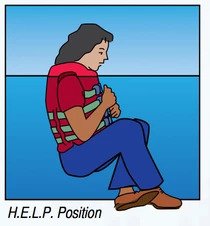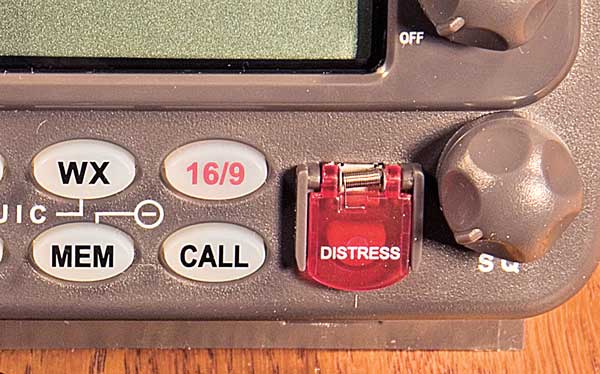1-800-832-7191
Hypothermia in Connecticut

Hypothermia is very real in CT
We do cover this in class but this is the time of year people are getting excited and want to get out on the boat early so here we go. By the way, I just checked and the water temperature today is 37 degrees. Our highest average monthly water temperature in Connecticut is about 72 degrees! Wow that is not very warm. Eleven months out of the year our average water temperatures dip into the sixties. This is why hypothermia in Connecticut is a real danger.
Connecticut Water Temperatures
Did you know that the waters in Connecticut are cold? I’m sure you said yes but did you realize that water temperatures don’t break @72 degrees yearly. Someone with a slight build can reach phase three, the hypothermia stage, in as little as 2 1/2 hours in 70-degree water. This is something a vessel operator in the Northeast should always be aware of.
Here is a little tip: A person has about 45 minutes in 45-degree water. Give or take 5 degrees then give or take 15 minutes. So today March 21st, 2019 in Long Island Sound with a water temperature of 37 degrees, you could be unconscious in as little as 15-20 minutes.
The Three Phases of Hypothermia are:
1 Cold Shock Response is the reaction of the individual taking a huge gasp of air when they hit the water accompanied by hyperventilation with a rapid increase in heartbeat and blood pressure. People are more likely to die because of this reaction they are from Hypothermia itself. This “gasp” is prominent when waters are below 60 degrees…that’s about 90 percent of our New England year guys. If you get past this phase, the symptoms pass in about a minute.
2 Cold Incapacitation occurs anywhere from 10-120 minutes pending the temperature of the water. This phase affects muscle control and loss of use through the extremities. We’ll lose control of our fingers, arms, toes, and legs. Any kind of self-rescue should be taking place before Cold Water Incapacitation sets in
3 Hypothermia is the full loss of consciousness and can occur anywhere from 15 to 180 minutes. Symptoms are shivering in the early stages, lack of shivering in the later stages accompanied by dizziness, impaired judgment, numbness and slipping in and out of consciousness.
What can you do
Let your passengers know when you are simply too far out to swim to shore with the given water temperature. Hypothermia in Connecticut is a very real possibility. Assume the HELP position (pictured above) to keep as warm as possible for as long as possible. Multiple people in the water should HUDDLE together to stay warm. Remember, you cannot huddle up or assume the Heat Escape Lessening Posture without a life jacket on.
Always be smart, always be safe and remember that there are no egos when passengers’ lives are in your hands.
For more go to the US Coast Guard Auxiliary Page “Perils of Cold Water”
For a all of our Public Classes visit https://www.connecticutboatingcertificates.com/available-public-classes-schedule/




